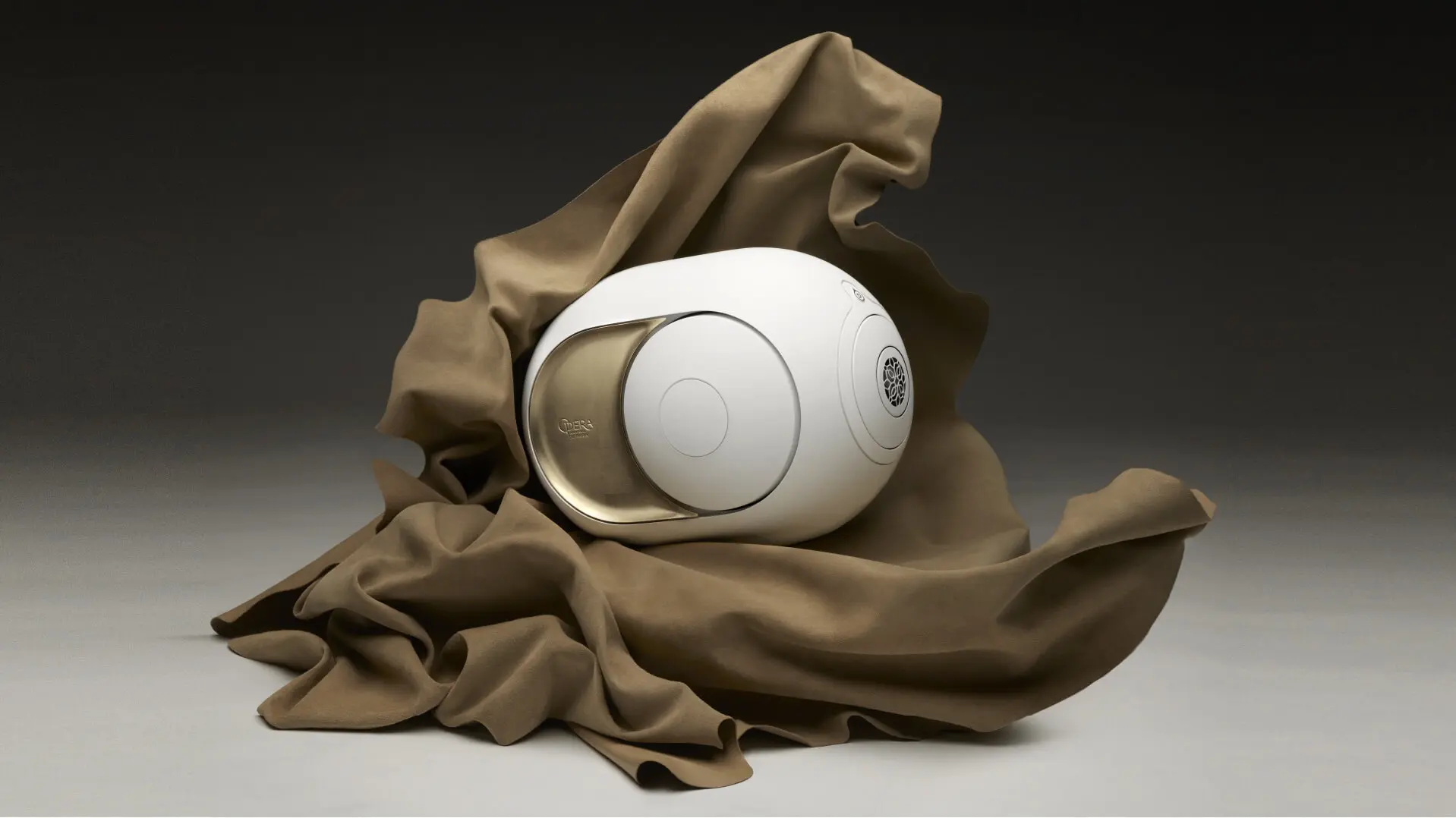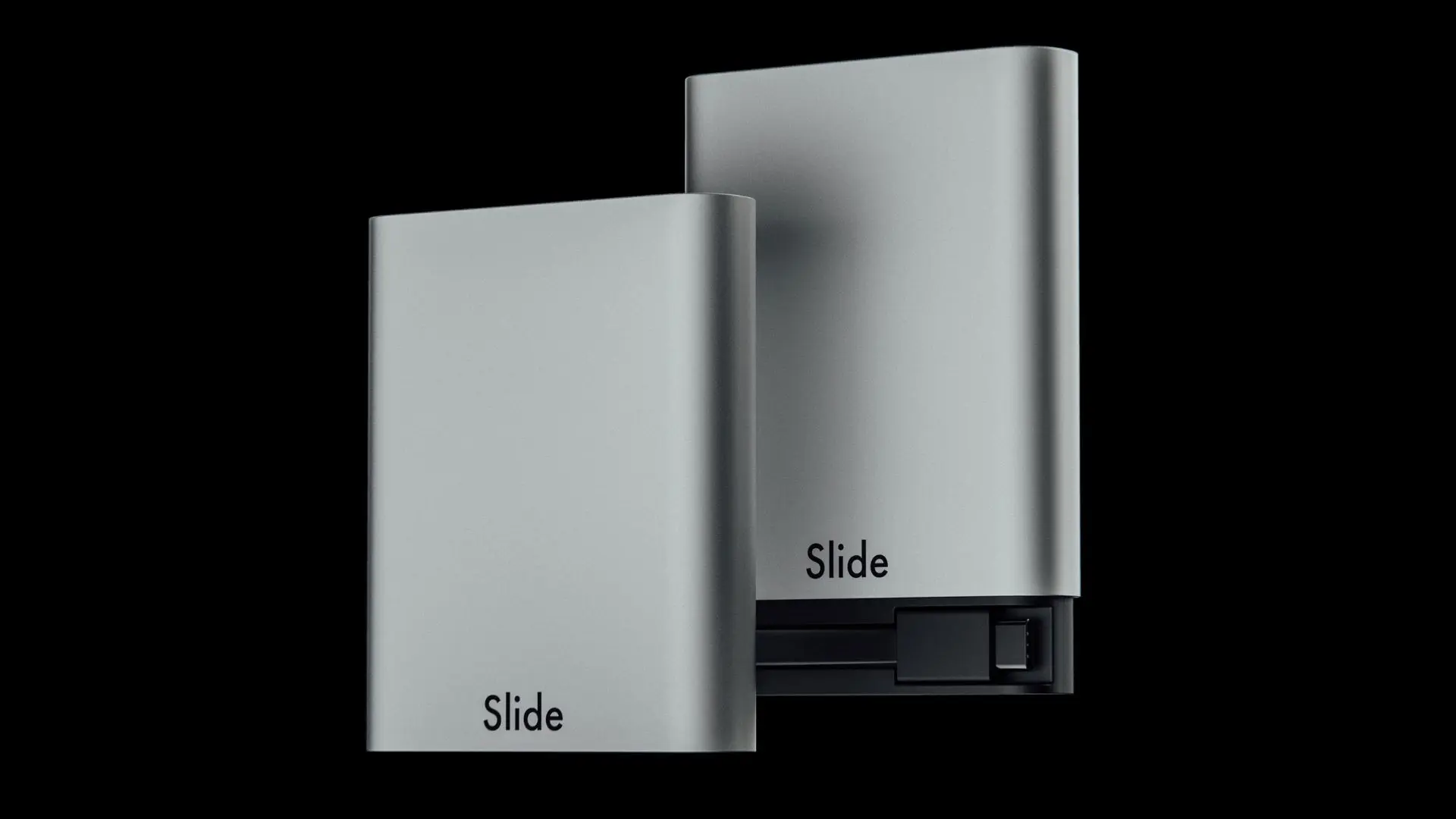How creativity and data mix to shape phygital experiences for tech giants
“In looking back to our beginnings and the journey since, there was one outstanding challenge that also lead to one of our broadest successes: the evolution of our company’s culture.”
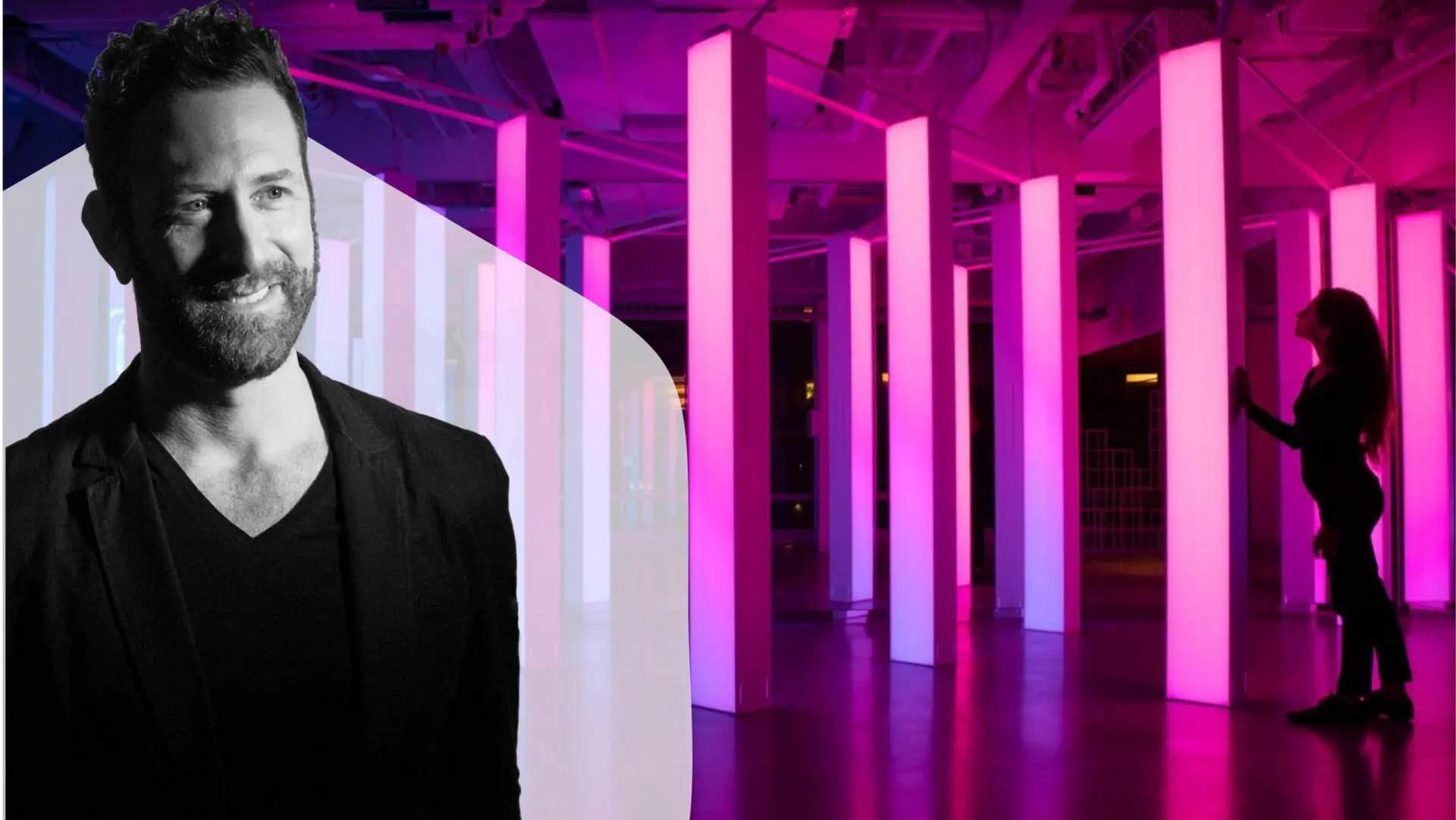
HUSH, is a leading experience design firm co-founded by award-winning creative leader David Schwarz. David believes in making space for creativity by merging three core disciplines: technology, visual design and physical space.
Over the last decade, HUSH has designed enthralling experiences for customers by unifying the originality of content creators, creative technologists, architects and interaction designers. The studio has created visual experiences for top notch brands like Nike, Facebook, Google, Uber, American Express and wework.
Sensory branding influences the consumer’s perception towards a company’s culture and plays a massive role in communicating the brand’s value and products. HUSH simplifies this process and leaves a lasting impression with one pixel on the observer’s mind.
DesignWanted interviewed David Schwarz to learn about the importance of simplicity, the culture at HUSH and some unrevealed stories behind the entrepreneurial journey of a company unique in its kind.
What is HUSH doing better than anyone else?
David Schwarz:
“There are a handful of talented firms out there and they all deserve great respect. But each has its own particular point of view on the world of design. At HUSH, we believe that we excel in designing experiences for incredibly dynamic global organizations.
Specifically, we leverage creative technology in both beautiful and functional ways and we’re exceptional at making complex ideas appear simple, direct, and human.”
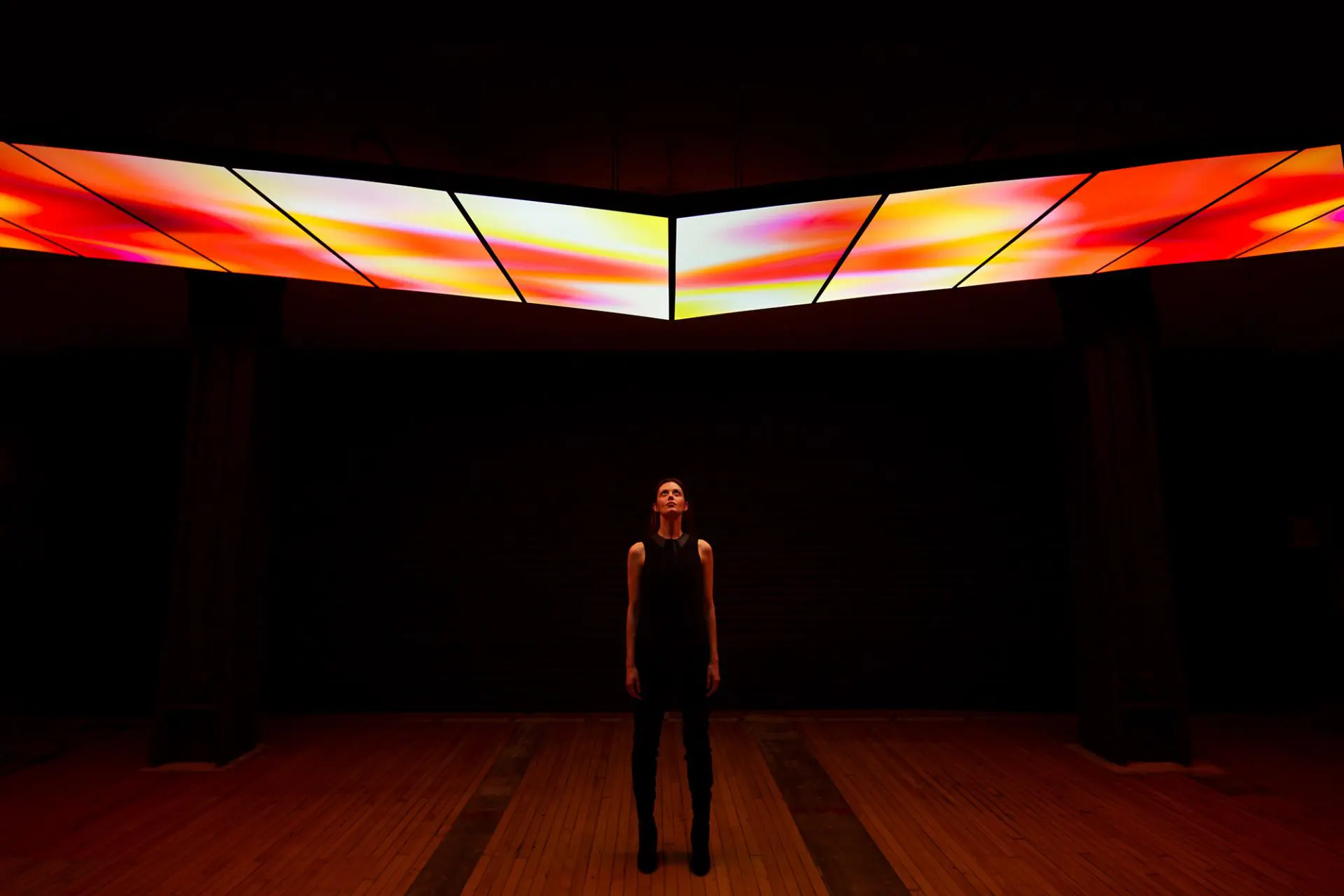
You design spaces and installations that encourage interaction. What is the ultimate purpose of your works?
David Schwarz:
“We help our clients communicate their mission, stories, products, and services. What we design has an impact on the spaces in which people work, invest, explore, and learn. We believe that people engage with ideas and messaging best within beautifully designed experiences. So, our goal is to take complex subject matter and big, complicated ideas and make them incredibly simple to understand and access.
We reduce the ideas down to design elements that speak to our most core senses and emotions. In today’s world, where complexity is the norm, it’s incredibly important for our clients to tell their stories simply and directly.
We find some very compelling ways – from the artful to the useful – to do this at many physical scales.”
How do you compare the present HUSH to the initial vision that pushed you to start it? How different or similar are they?
David Schwarz:
“What my partner Erik Karasyk and I were doing in the very beginning was, in practice, quite different than the work we’re developing now, but the seed was always there, sprouting.
Our core vision was to be a design-led firm that merges three core disciplines: visual design, technology, and physical space. As such, our first project ever was for an installation that truly leveraged all three, albeit at a much smaller scale.
HUSH continues to operate at the intersection of these skills, marrying designers, creative technologists, and architects in what I believe is a really beautiful dance. Only now, it’s at the scale of building interiors and exteriors, all the way to urban landscapes and journeys through a city district.”
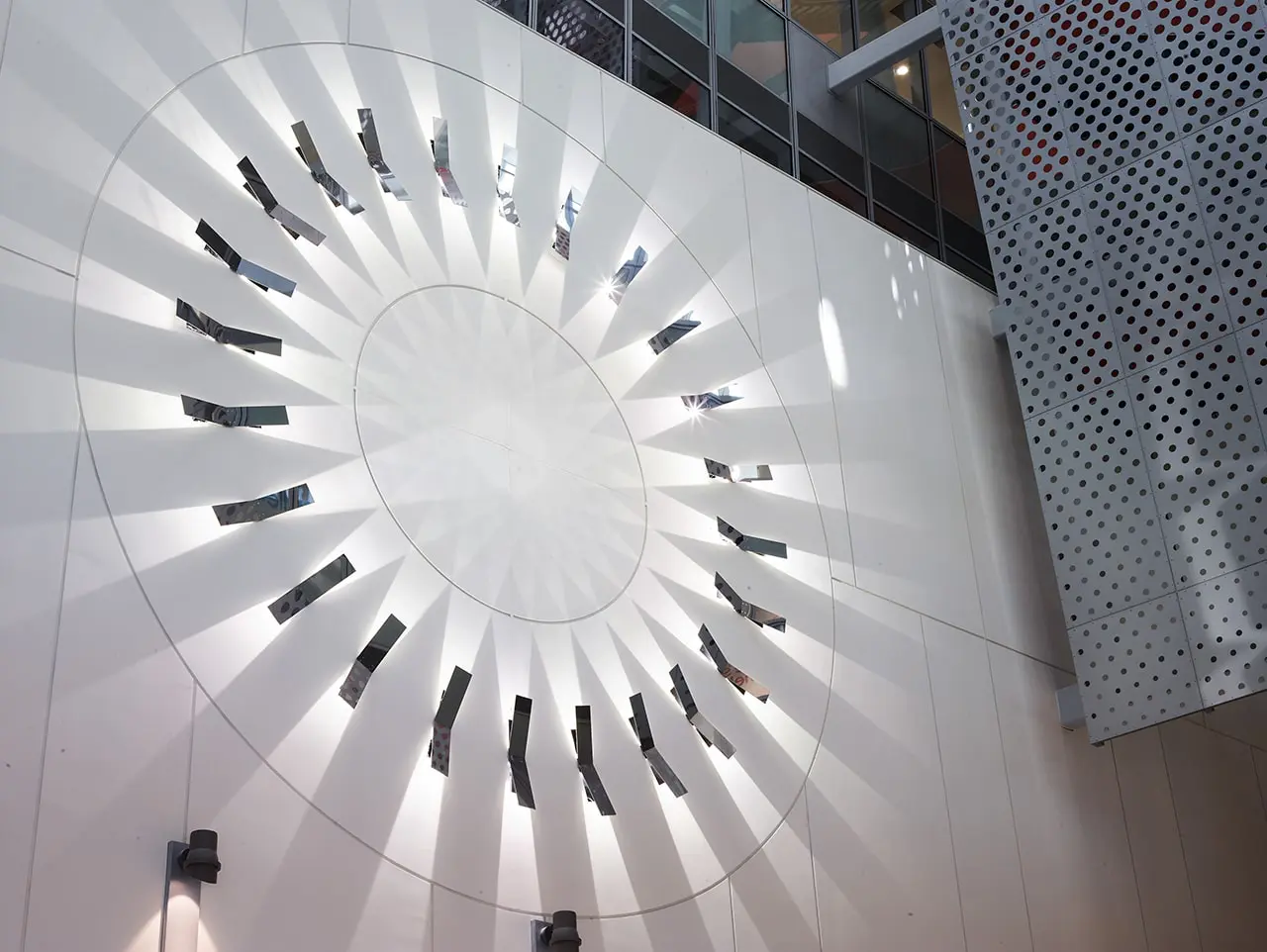
Travelling back in time, before the big clients and the big budgets, looking back at the launch of HUSH: What has been the toughest part? What was the greatest hurdle you encountered? And how did you get through it?
David Schwarz:
“In looking back to our beginnings and the journey since, there was one outstanding challenge that also lead to one of our broadest successes: the evolution of our company’s culture.
To some, it’s cliche to talk about the culture of a studio with the prevalence of TED Talks, podcasts, and business books all tackling the subject. But now, having the vantage point of more than a decade of people, projects, and processes, it’s undeniably clear that a strong culture binds all of the above together.
We finally have that culture, but we didn’t when we first started – mostly because we didn’t know that it was so important. Nor did we know the tools we needed to create one. And unfortunately, we had to learn the cost of not having a strong one.”
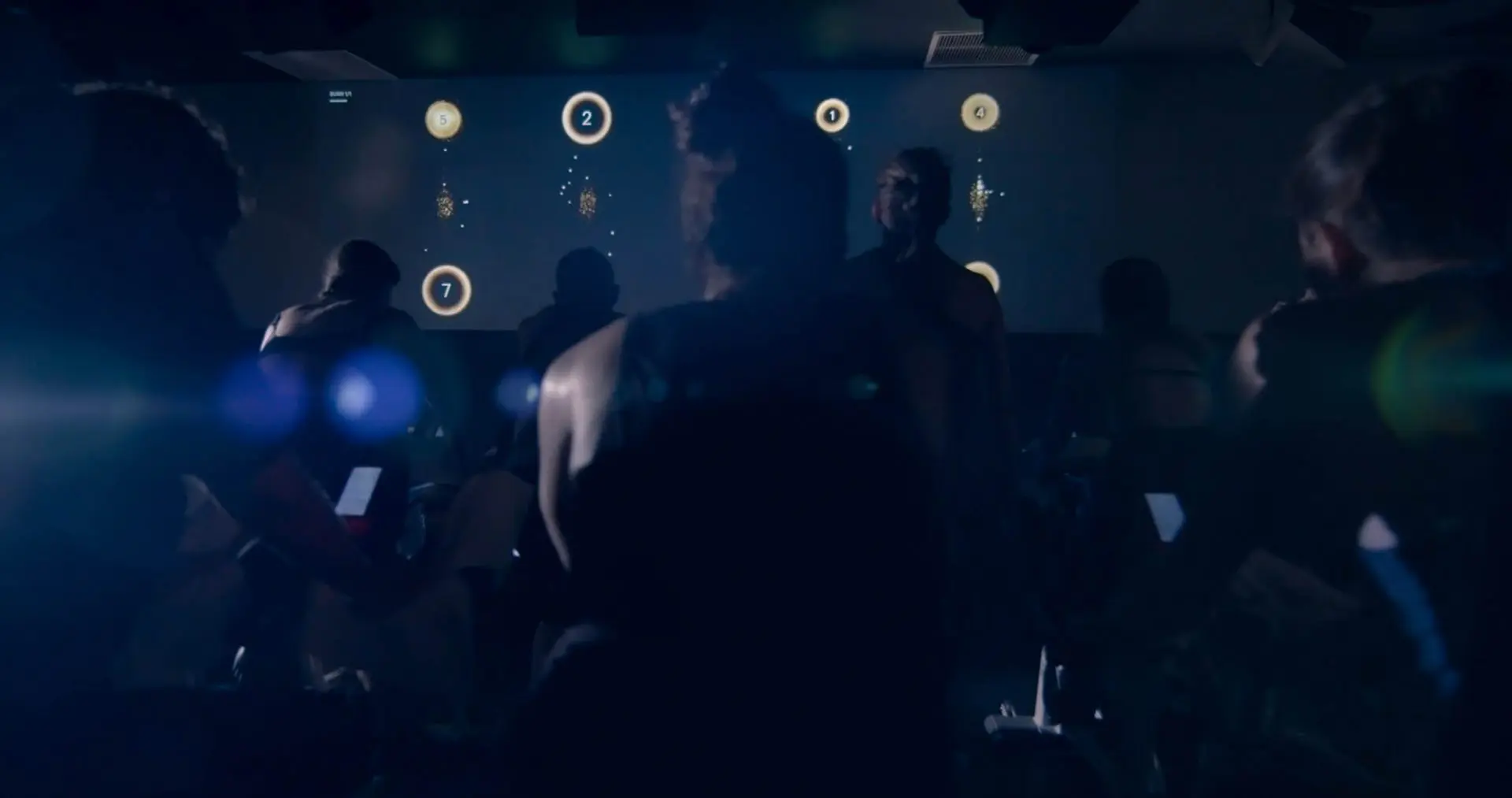
They say a company’s culture is defined by the worst behavior its leadership will tolerate. We had to experience the fallout from this behavior before my partner and I finally set our minds, time, and resources to building the right culture.
HUSH went from “fun people working in an exciting atmosphere” (and with flexible behaviors) to a clear set of values that help us accomplish so many things, from big to small. We use it to hire the right people, engage with the right clients, have 1:1 conversations with peers, and address the day to day challenges that arise.
Culture gives you a leg to stand on in complex situations and defines boundaries for what is and isn’t acceptable.”
Building a prosperous design business requires a combination of successful components. If you had to name the one factor that you exploited the most to build your career, what would it be?
David Schwarz:
“Know your own worth. I see so many companies, especially young ones, making decisions that undermine their value and set them up for long term struggle.
When you first start a company, you have no brand recognition and no track record, so your value appears small. But over time, it grows as your knowledge grows and you surround yourself with smarter people, who add their value exponentially.
So, always value yourself appropriately and don’t undermine the worth of your service.
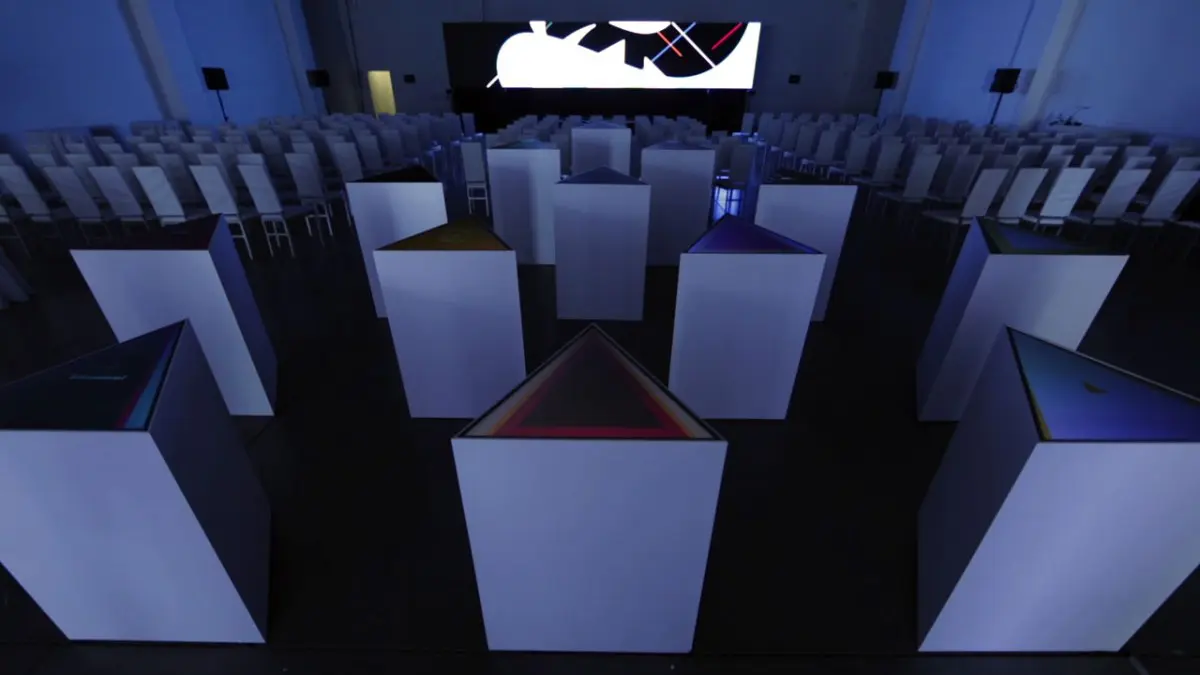
At HUSH, we love what we do. We have tons of niche, cross-disciplinary knowledge and relationships. We behave fairly. We obsess over craftsmanship. We work hard. We suppress egos. We have empathy for our clients, their businesses, and their operational hurdles.
Given the above, we know we add value and we’ve sought to work with clients who understand that. Expect fairness in the way you do business, how you are treated, and how you are compensated. Owning a business is an evolving journey of course, but over time it will make sure that your team’s hard work is rewarded.”
The term “immersive” has gained inflated popularity in the design world, but it is indeed the perfect term to describe your works. Would you say that HUSH’s market is more saturated or yet unexplored?
David Schwarz:
“We don’t use the word “immersive” in the studio. In fact, a few years ago, I did an entire conference presentation on the very idea of poor nomenclature in our industry, with the term “immersive” as the core problem.
The idea of something being “immersive” isn’t a bad one, but the entire concept is frustratingly archaic. If a hundred years ago, you walked into Gaudi’s Sagrada Familia cathedral in Barcelona, you would certainly use the word “immersive” to describe it.
Yet, there is no technology, no interactions or interfaces, no sound design, no moving images, no modern materials or finishes. In short, none of the layers of design we currently use were present, yet it was undoubtedly “immersive.”
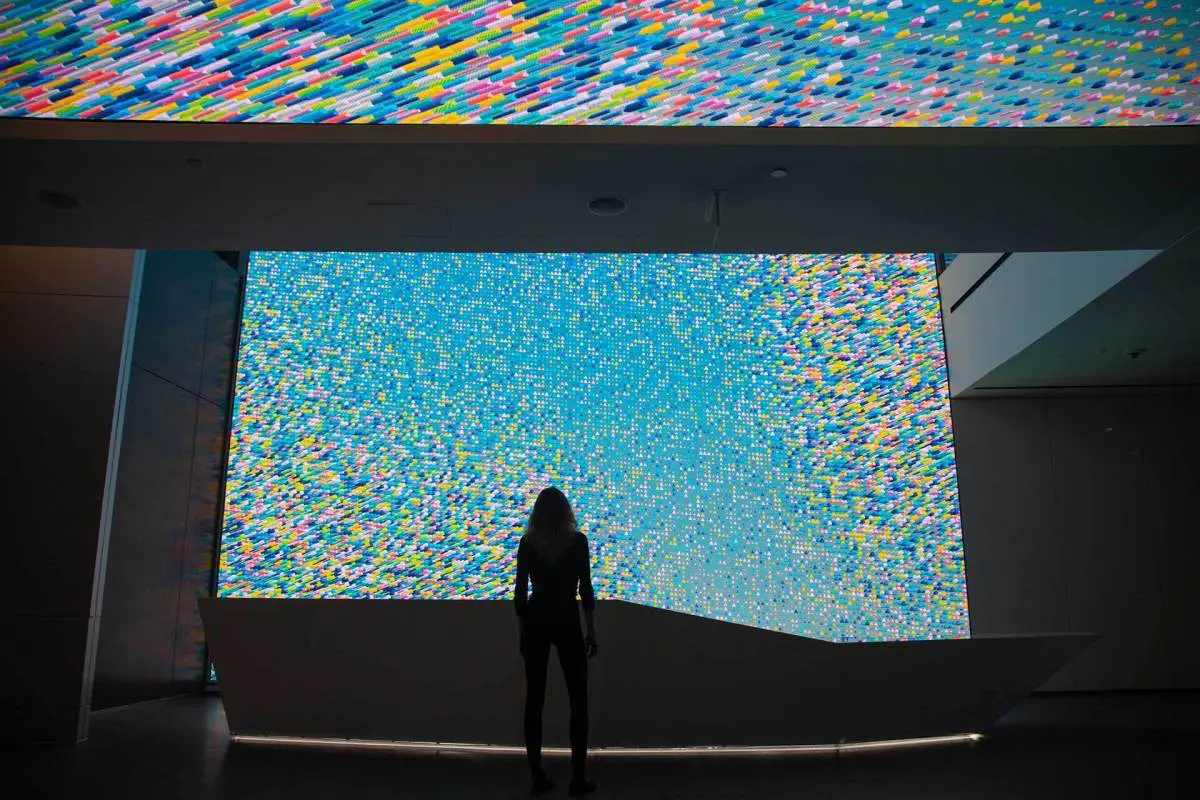
That’s why we don’t use that nomenclature – because it’s always been here. It’s nothing new. Designers, architects, builders, and makers of all types have been seeking this totality of experience – the all-encompassing sensory experience – for thousands of years. It’s just that our modern design systems now allow us to play up the human senses in some intriguing ways.
So, the “immersive” market is no more or less saturated than it has been for centuries. But, I agree, there is a prevalence of organizations that now want to express themselves within these contemporary, technological, and interactive experiences.
This is a great thing for our industry, but as in any industry, there are a lot of mediocre executions and only a handful of truly valuable, beautiful, and effective ones.
The good news is that since our experience design work is intimately tied to the rapid evolution of technology and materials, we will be (happily) forced to continually evolve in kind.”
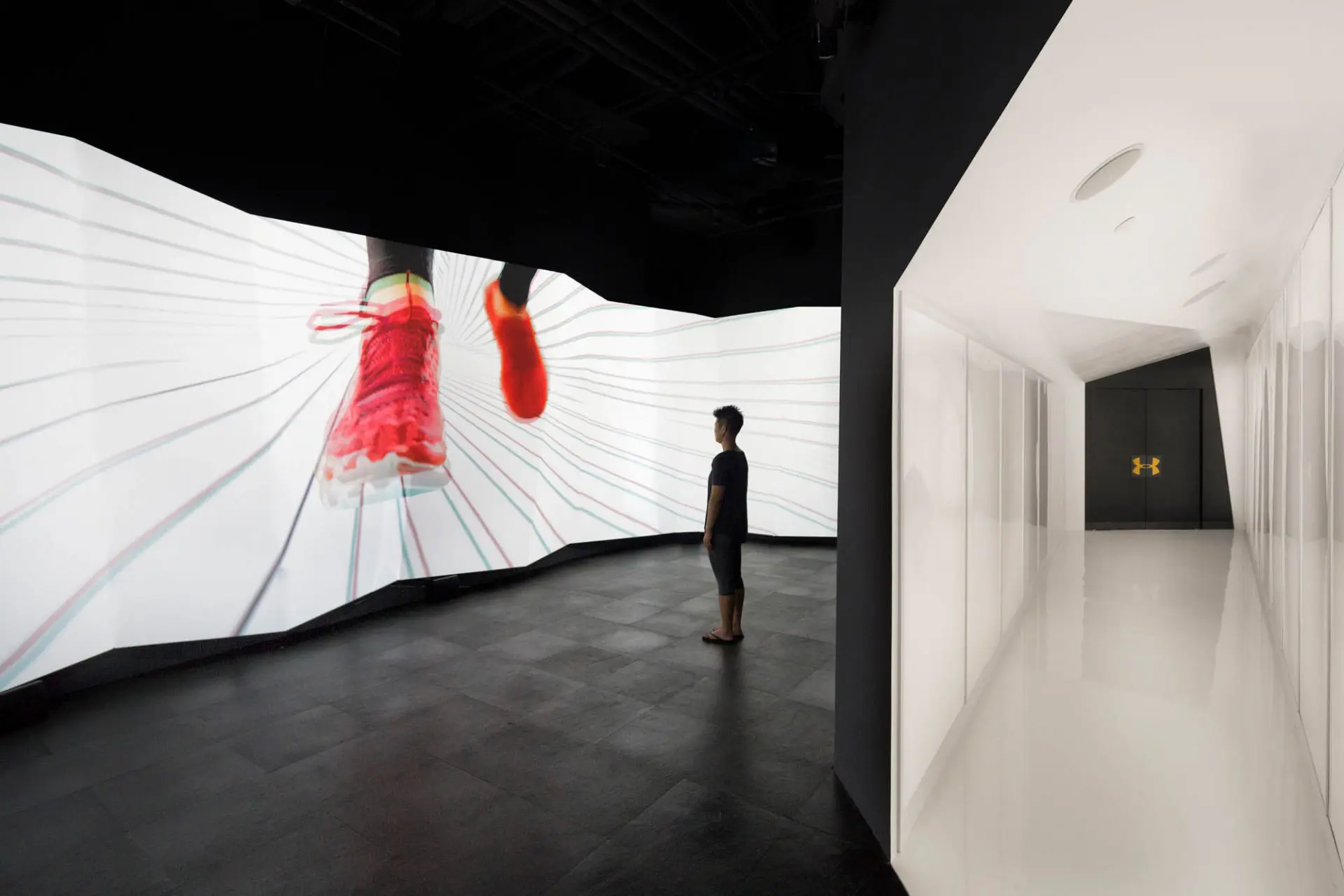
We live in times where data plays a crucial role in supporting and influencing business decisions: What is data to you and how is it integrated in your works?
David Schwarz:
“We think of data as a direct path to the people, products, and processes that make every organization unique. It’s like a digital fingerprint, something every company has, that is always changing, and tracks with the organization’s financial, cultural, operational, and political evolution.
Data is often invisible, existing in the background – but it doesn’t need to be that way.
We leverage data as a source for creativity. If we can harness our client’s data and bring it to life in artistic, experiential, and authentic ways, we can help our clients simply and directly convey the scale, scope, and insights within their own businesses.
In this way, we believe that data can be a more honest, intimate, and engaging way to tell a company’s story. In fact, it could prove to be the most effective resource for modern branding and brand experience yet. Your data is your brand.”
“Sustainability” is another big word in the design game, as much important as misused and exploited for the trend’s sake. What is your take on the matter?
David Schwarz:
“Every industry should be thinking about sustainability. In this case, being trendy is a good thing as being off-trend means you’re an anachronist in today’s world.
Are you frustrated when you’re surrounded by shops selling single-use plastic water bottles? Do you cringe when seeing a garbage can filled with easily recyclable containers? These should be normal feelings, even if that’s unfortunately not the case in many places.
The design world can embrace sustainability in a lot of ways – in our actual design output (what we put into the world), as well as the way we run our businesses (how we consume). HUSH has been finding some success in doing both.
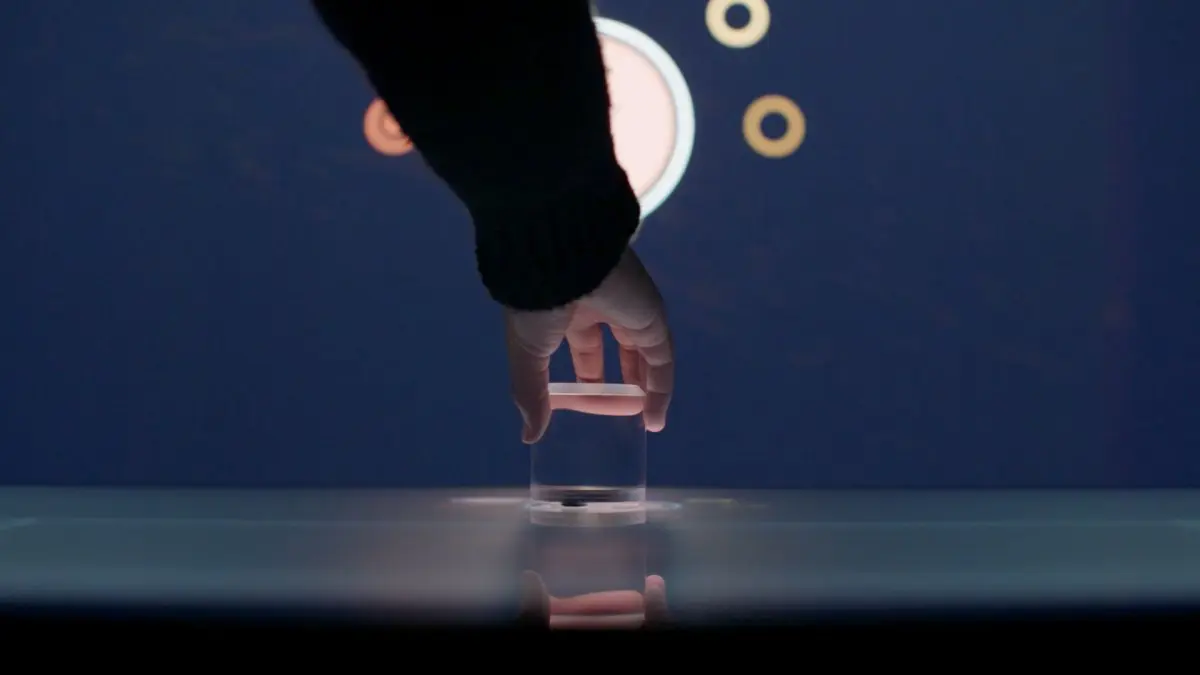
Internally, our work-in-progress happens almost primarily within digital systems, and is most often delivered digitally to our clients. No more thick printed presentation decks or huge glossy print-outs.
On the project side, we’re getting deeper into themes of net zero energy buildings, sustainability systems, and real estate projects where efficient energy usage is a unifying goal across all audiences.
Specifically, we recently developed a suite of experiences for United Therapeutics to visualize the power of sustainable behaviors in the workplace. We’re continuing to design experiences that educate and motivate audience behaviors to improve their relationship with the energy and material usage that’s within their control.
If your cultural values include “doing things right and doing the right things”, then developing a real focus on sustainability internally and externally is the only path forward.”










